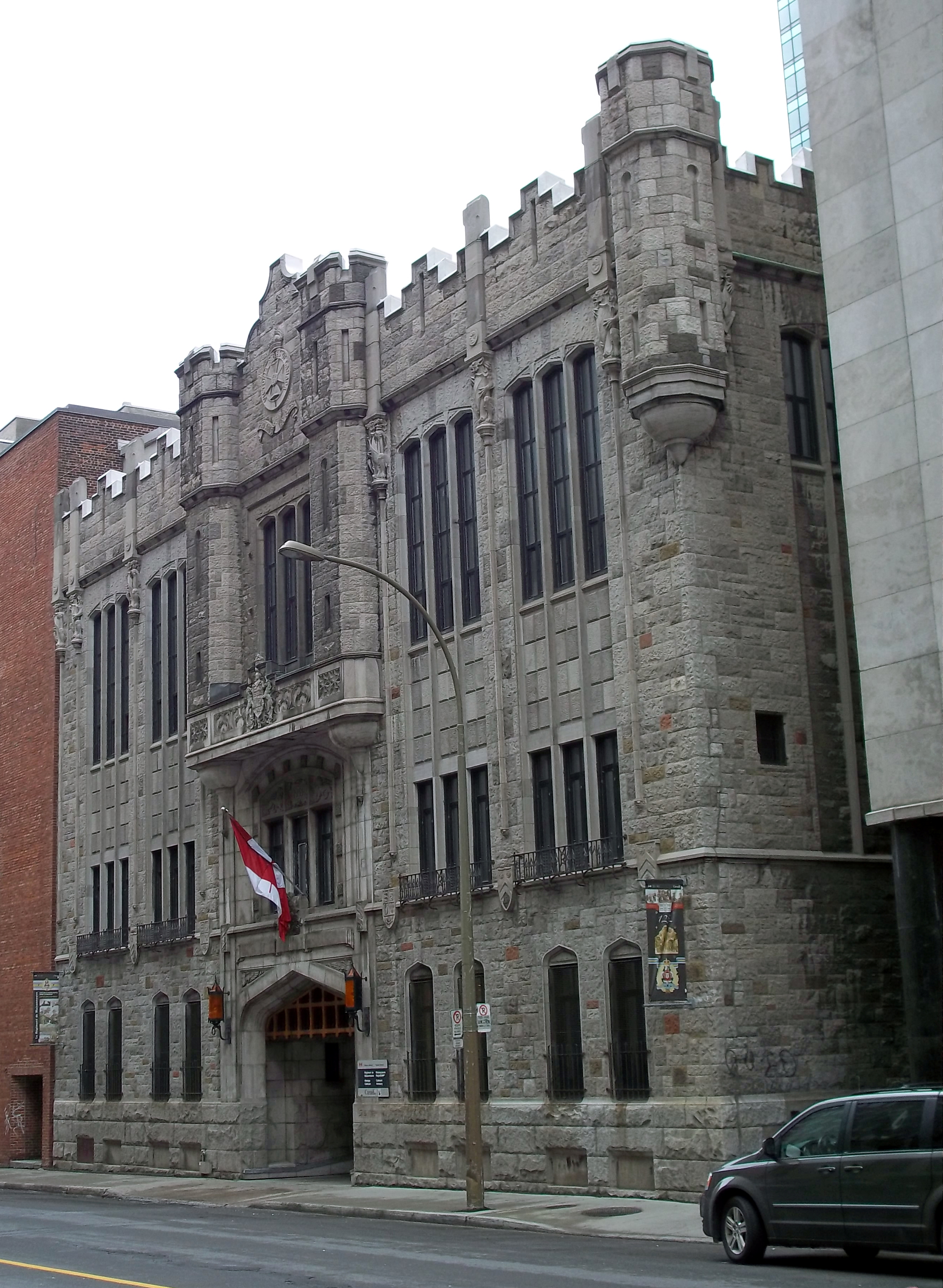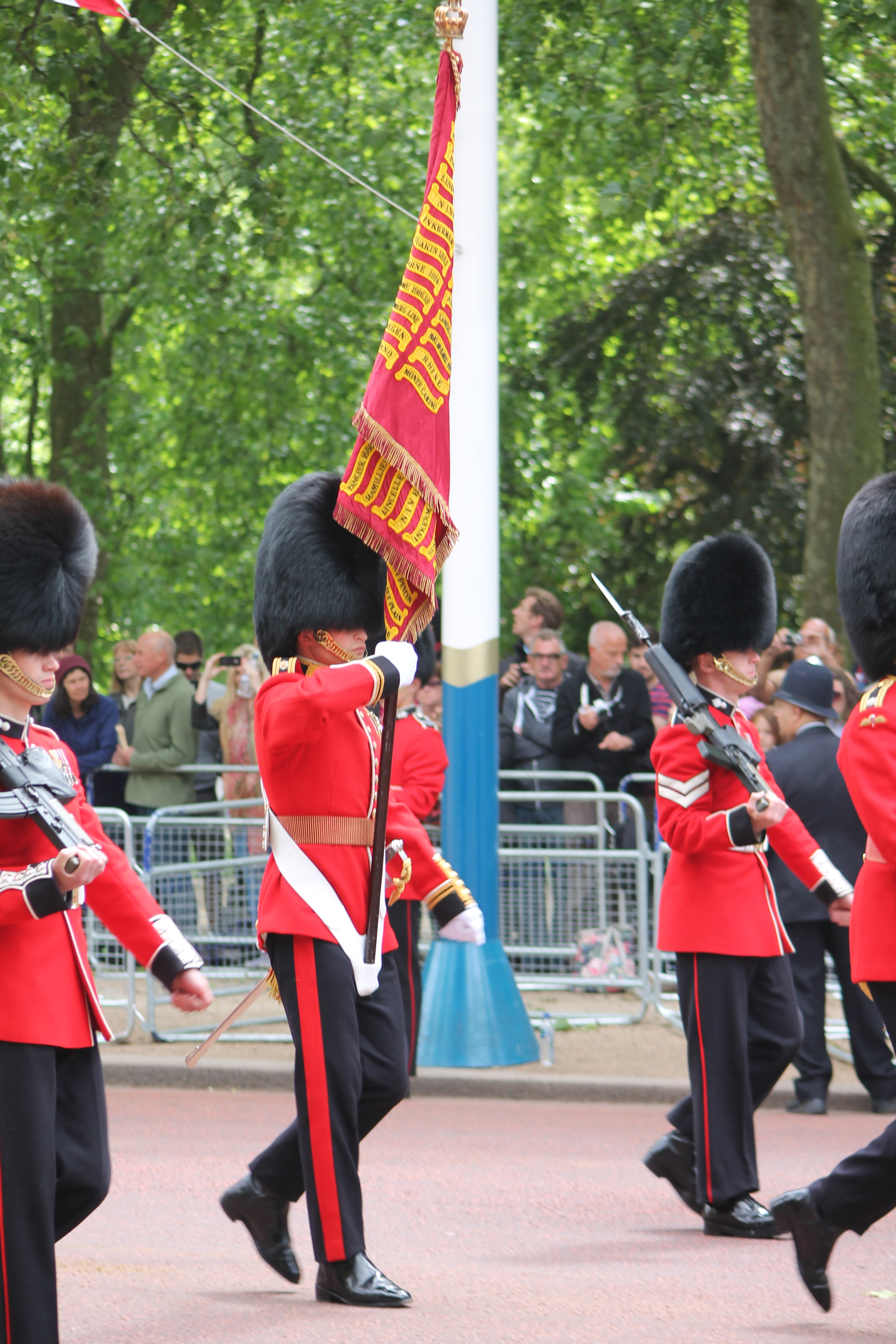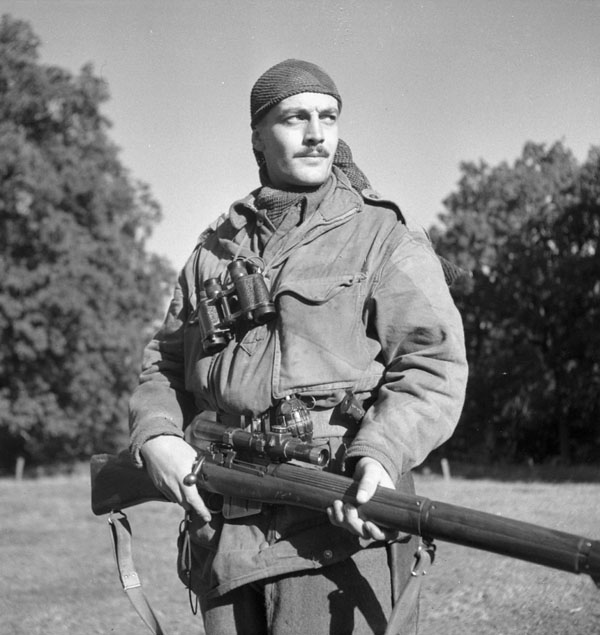|
Régiment De Maisonneuve
Le Régiment de Maisonneuve is a Primary Reserve infantry regiment of the Canadian Forces. The regiment is Canada's twenty-sixth most senior reserve infantry regiment, and comprises one battalion serving as part of the Canadian Army Reserves. Lineage File:R de Mais Regt Colour.jpg, The regimental colour of Le Régiment de Maisonneuve. This Reserve Force regiment originated in Montreal, Quebec on 4 June 1880, when the 85th Battalion of Infantry was authorized to be formed. Lieutenant-Colonel Julien Brosseau, VD, was the first Commanding Officer. It was redesignated as the 85th Regiment on 8 May 1900, as Le Régiment de Maisonneuve on 29 March 1920, as the 2nd (Reserve) Battalion, Le Régiment de Maisonneuve on 7 November 1940 and finally Le Régiment de Maisonneuve on 15 December 1945.Canadian Forces Publication A-DH-267-003 Insignia and Lineages of the Canadian Forces. Volume 3: Combat Arms Regiments. Lineage chart History The Great War During the Gre ... [...More Info...] [...Related Items...] OR: [Wikipedia] [Google] [Baidu] |
Canada
Canada is a country in North America. Its ten provinces and three territories extend from the Atlantic Ocean to the Pacific Ocean and northward into the Arctic Ocean, covering over , making it the world's second-largest country by total area. Its southern and western border with the United States, stretching , is the world's longest binational land border. Canada's capital is Ottawa, and its three largest metropolitan areas are Toronto, Montreal, and Vancouver. Indigenous peoples have continuously inhabited what is now Canada for thousands of years. Beginning in the 16th century, British and French expeditions explored and later settled along the Atlantic coast. As a consequence of various armed conflicts, France ceded nearly all of its colonies in North America in 1763. In 1867, with the union of three British North American colonies through Confederation, Canada was formed as a federal dominion of four provinces. This began an accretion of provinces an ... [...More Info...] [...Related Items...] OR: [Wikipedia] [Google] [Baidu] |
206th (Canadien-Français) Battalion, CEF
The 206th (Canadien-Francais) Battalion, CEF was a unit in the Canadian Expeditionary Force during the First World War. Based in Montreal, Quebec, the unit began recruiting during the winter of 1915/16 in the counties of Beauharnois, La Prairie, and Terrebonne Terrebonne, meaning ''good earth'' in French, is a name of several places in North America: ;Canada *Terrebonne, Quebec, a suburb of Montreal **Terrebonne station, a commuter railway station in Terrebonne, Quebec **Terrebonne City Council, the gov .... The battalion was absorbed into the 167th Battalion, CEF on August 17, 1916, while still in Canada. The 206th (Canadien-Francais) Battalion, CEF had one Officer Commanding: Lieut-Col. T. Pagnuelo. The 206th Battalion was initially perpetuated in 1920 by (renamed to in 1921). The perpetuation was transferred to in 1922. References *Meek, John F. ''Over the Top! The Canadian Infantry in the First World War.'' Orangeville, Ont.: The Author, 1971. {{DEFAULTSORT:206th ... [...More Info...] [...Related Items...] OR: [Wikipedia] [Google] [Baidu] |
34 Canadian Brigade Group
34 Canadian Brigade Group (34CBG; french: links=no, 34e Groupe-brigade du Canada) is part of 2nd Canadian Division, under the Canadian Army. It is headquartered in Montreal, Quebec. It is the successor of the Cold War-era Montreal Militia District. Brigade units See also * 35 Canadian Brigade Group, the other such brigade formation in the province of Quebec. *CFB Montreal Canadian Forces Base Montreal (also CFB Montreal or "Longue-Pointe" to members of 34 Brigade) is a Canadian Forces Base network located in Montreal, Quebec. Its official name is 2nd Canadian Division Support Base Valcartier, Detachment Montreal The ... References External links * Brigades of the Canadian Army Organizations based in Montreal 1997 establishments in Quebec {{Canada-mil-stub ... [...More Info...] [...Related Items...] OR: [Wikipedia] [Google] [Baidu] |
Canadian Navy
The Royal Canadian Navy (RCN; french: Marine royale canadienne, ''MRC'') is the naval force of Canada. The RCN is one of three environmental commands within the Canadian Armed Forces. As of 2021, the RCN operates 12 frigates, four attack submarines, 12 coastal defence vessels, eight patrol class training vessels, two offshore patrol vessels, and several auxiliary vessels. The RCN consists of 8,570 Regular Force and 4,111 Primary Reserve sailors, supported by 3,800 civilians. Vice-Admiral Angus Topshee is the current commander of the Royal Canadian Navy and chief of the Naval Staff. Founded in 1910 as the Naval Service of Canada (French: ''Service naval du Canada'') and given royal sanction on 29 August 1911, the RCN was amalgamated with the Royal Canadian Air Force and the Canadian Army to form the unified Canadian Armed Forces in 1968, after which it was known as Maritime Command (French: ''Commandement maritime'') until 2011. In 2011, its historical title of "Royal Canadian ... [...More Info...] [...Related Items...] OR: [Wikipedia] [Google] [Baidu] |
Regimental Colour
In military organizations, the practice of carrying colours (or colors), standards, flags, or guidons, both to act as a rallying point for troops and to mark the location of the commander, is thought to have originated in Ancient Egypt some 5,000 years ago. The Roman Empire also made battle standards a part of their vast armies. It was formalized in the armies of Europe in the High Middle Ages, with standards being emblazoned with the commander's coat of arms. General use As armies became trained and adopted set formations, each regiment's ability to keep its formation was potentially critical to its, and therefore its army's, success. In the chaos of battle, not least due to the amount of dust and smoke on a battlefield, soldiers needed to be able to determine where their regiment was. Regimental flags are generally awarded to a regiment by a head of state during a ceremony. They were therefore treated with reverence as they represented the honour and traditions of th ... [...More Info...] [...Related Items...] OR: [Wikipedia] [Google] [Baidu] |
Coat Of Arms Of Montreal
The first coat of arms of Montreal was designed by Jacques Viger (mayor), Jacques Viger, the first mayor of Montreal, and adopted in 1833 by the city councillors. Modifications were made some one hundred five years later and adopted on 21 March 1938, and again on 13 September 2017, resulting in the version currently in use. The coat of arms was the only city emblem representing Montreal until 1981, when a stylized logo was developed for common daily use, reserving the coat of arms for ceremonial occasions. History The first coat of arms was displayed on a white shield, which had a red saltire with four different charges between the arms, representative of the four main components of the population as viewed by Mayor Jacques Viger (mayor), Jacques Viger and the city council in 1833, when the arms were designed and adopted. To the top, a rose was for the English heritage of the population, the Dexter and sinister, dexter a thistle for the Scots, the Dexter and sinister, sinister ... [...More Info...] [...Related Items...] OR: [Wikipedia] [Google] [Baidu] |
Freedom Of The City
The Freedom of the City (or Borough in some parts of the UK) is an honour bestowed by a municipality upon a valued member of the community, or upon a visiting celebrity or dignitary. Arising from the medieval practice of granting respected citizens freedom from serfdom, the tradition still lives on in countries such as the United States, United Kingdom, Ireland, Australia, Canada, South Africa and New Zealand—although today the title of "freeman" confers no special privileges. The Freedom of the City can also be granted by municipal authorities to military units which have earned the city's trust; in this context, it is sometimes called the Freedom of Entry. This allows them the freedom to parade through the city, and is an affirmation of the bond between the regiment and the citizenry. The honour was sometimes accompanied by a "freedom box", a small gold box inscribed to record the occasion; these are not usual today. In some countries, such as the United States, esteemed ... [...More Info...] [...Related Items...] OR: [Wikipedia] [Google] [Baidu] |
The King's Shropshire Light Infantry
The King's Shropshire Light Infantry (KSLI) was a light infantry regiment of the British Army, formed in the Childers Reforms of 1881, but with antecedents dating back to 1755. It served in the Second Boer War, World War I and World War II. In 1968, the four regiments of the Light Infantry Brigade (the KSLI, Somerset and Cornwall Light Infantry, King's Own Yorkshire Light Infantry and Durham Light Infantry) amalgamated to form The Light Infantry, with the 1st KSLI being redesignated as the 3rd Battalion of the new regiment. History Formation The King's Light Infantry (Shropshire Regiment) was formed on 1 July 1881 as the county regiment of Herefordshire and Shropshire as part of the Childers Reforms. It was renamed as The King's (Shropshire Light Infantry) on 10 March 1882. The regiment was an amalgamation of the 53rd (Shropshire) Regiment of Foot and the 85th Regiment of Foot (Bucks Volunteers), 85th (King's Light Infantry) Regiment of Foot, which became the regular 1st and 2nd B ... [...More Info...] [...Related Items...] OR: [Wikipedia] [Google] [Baidu] |
Battle Of Groningen
The Battle of Groningen took place during the penultimate month of Second World War in Europe, from April 13 to 16, 1945, in the city of Groningen between a mixture of German soldiers, Dutch and Belgian SS troops numbering 7,000 against the entire 2nd Canadian Infantry Division, though the whole division was never in combat at any given time. There were also substantial amounts of ''Luftwaffe'' units manning flak guns in the area. Groningen was also the site of the headquarters for the Sicherheitsdienst in the North of the Netherlands. The German command structure was poor and the defenders had never exercised together. The Canadian division, consisting of nine infantry battalions, a machine gun battalion, and a reconnaissance battalion, three combat engineer companies (Royal Canadian Engineers), was battle experienced with a proportion of partially trained reinforcements. Armour from the 10th Armoured Regiment (The Fort Garry Horse) and the 9th Armoured Regiment (The Britis ... [...More Info...] [...Related Items...] OR: [Wikipedia] [Google] [Baidu] |
Battle Of Walcheren Causeway
The Battle of Walcheren Causeway (Operation ''Vitality'') was an engagement of the Battle of the Scheldt between the 5th Canadian Infantry Brigade, elements of the British 52nd (Lowland) Infantry Division and troops of the German 15th Army in 1944. It was the first of many conflicts on and around Walcheren Island during the Scheldt battles. It was also the second major battle fought over a terrain feature known as the Sloedam during the Second World War. Background After the breakout from Normandy by the Allied armies, beginning August 13, 1944, the German forces held on stubbornly to the French and Belgian English Channel ports. This forced the Allies to bring all supplies for their rapidly advancing armies from the artificial harbor they had constructed off the beaches of Normandy, and from Cherbourg. Because of its port capacity Antwerp became the immediate objective of the British 21st Army Group commanded by Field Marshal Bernard Montgomery. While Antwerp fell to Mo ... [...More Info...] [...Related Items...] OR: [Wikipedia] [Google] [Baidu] |
Battle Of The Scheldt
The Battle of the Scheldt in World War II was a series of military operations led by the First Canadian Army, with Polish and British units attached, to open up the shipping route to Antwerp so that its port could be used to supply the Allies in north-west Europe. Under acting command of the First Canadian's Lieutenant-General Guy Simonds, the battle took place in northern Belgium and southwestern Netherlands from 2 October to 8 November 1944. The Canadians had been delayed, and pressure on the Scheldt left wanting, by Allied decisions to focus on Arnhem ( Operation Market Garden), Boulogne (Operation Wellhit), Calais (Operation Undergo) and Dunkirk. By the time the Canadians were sent into the Battle of the Scheldt, the Wehrmacht defenders had been reinforced. The Germans staged an effective delaying action, during which they flooded land areas in the Scheldt estuary, slowing the Allied advance. After five weeks of difficult fighting, the Canadian First Army, at a cost of 12, ... [...More Info...] [...Related Items...] OR: [Wikipedia] [Google] [Baidu] |
2nd Canadian Division During World War II
The 2nd Canadian Division, an infantry division of the Canadian Army, was mobilized for war service on 1September 1939 at the outset of World War II. Adopting the designation of the 2nd Canadian Infantry Division, it was initially composed of volunteers within brigades established along regional lines, though a halt in recruitment in the early months of the war caused a delay in the formation of brigade and divisional headquarters. With questions concerning overseas deployment resolved, the division's respective commands were formed in May and June 1940, and at British Prime Minister Winston Churchill's request, the division was deployed to the United Kingdom between 1August and 25December 1940, forming part of the Canadian Corps. Having performed well in training exercises during 1941 and early 1942, elements of the 2nd Division were selected as the main force for Operation Jubilee, a large-scale amphibious raid on the port of Dieppe in German-occupied France. On 19August 1942, ... [...More Info...] [...Related Items...] OR: [Wikipedia] [Google] [Baidu] |






